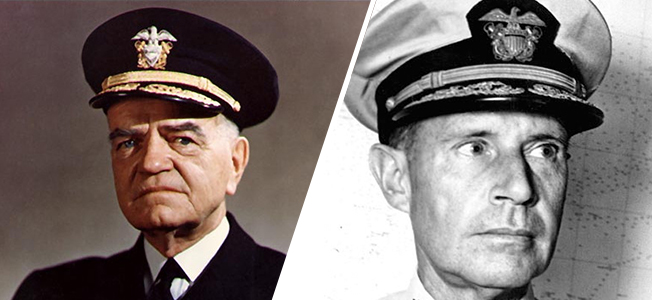
Guadalcanal
The Pacific War: Bull Halsey & Raymond Spruance
By Michael HaskewOn the eve of the turning point of World War II in the South Pacific, the U.S. Navy’s most experienced aircraft carrier commander, Admiral William F. Read more
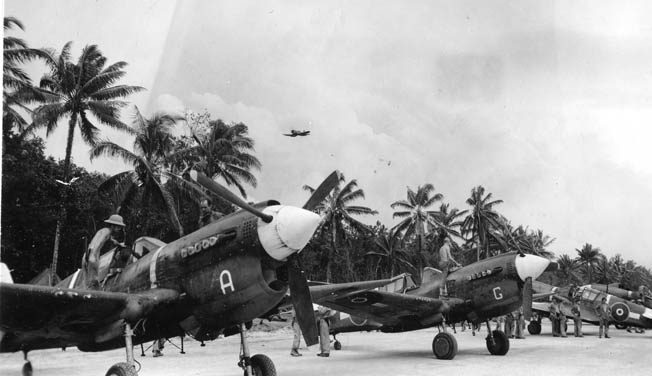
Guadalcanal, an island in the Solomons archipelago in the South Pacific, was the scene of the first U.S. offensive land action against Japan in World War II. American Marines landed on Guadalcanal in August 1942 and were later supported by U.S. Army troops. The Japanese defended Guadalcanal tenaciously, and the Americans did not declare the island secure until February 1943, and the victory was a turning point in the Pacific War. Numerous naval battles occurred off the shores of Guadalcanal as well.

Guadalcanal
On the eve of the turning point of World War II in the South Pacific, the U.S. Navy’s most experienced aircraft carrier commander, Admiral William F. Read more
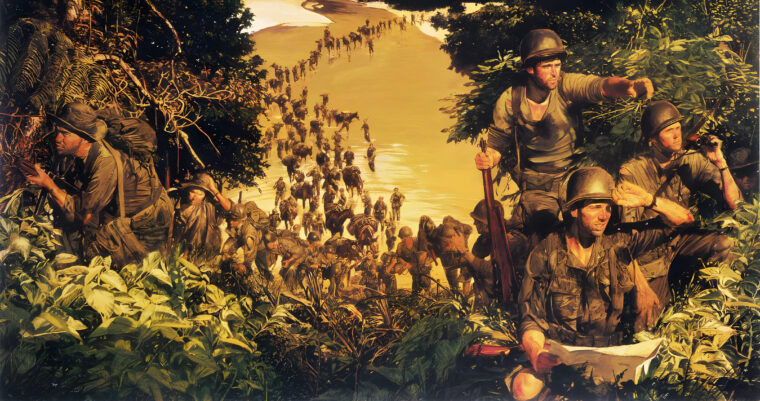
Guadalcanal
A series of swift victories took Japanese troops to the gates of India in 1941-1942 when British and Indian units fell back to the Assam hills northwest of Burma. Read more
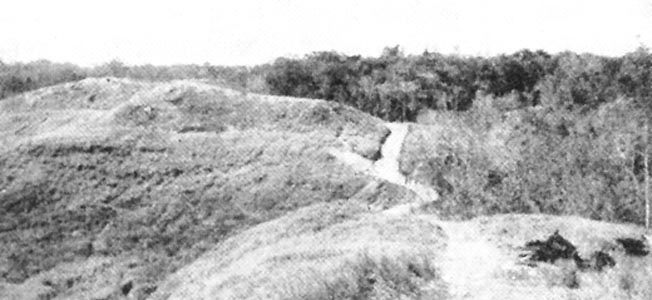
Guadalcanal
A few days after the Marines had established a toehold on the island of Guadalcanal, a trio of natives appeared at the mouth of the Tenaru River. Read more
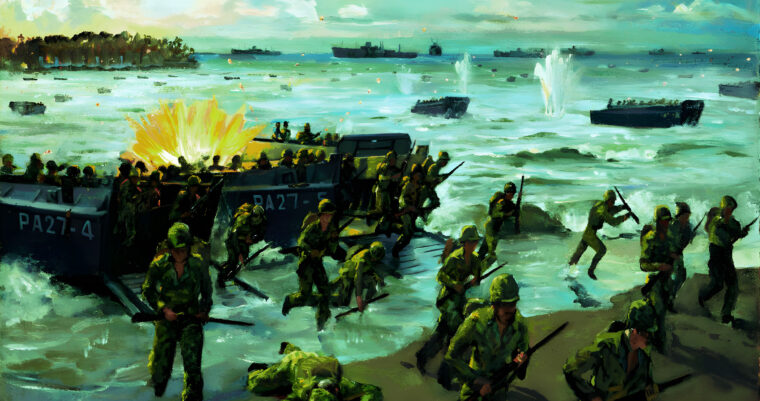
Guadalcanal
Peering through his binoculars, Vice Adm. Chuichi Nagumo was in awe of the nearly 800 ships from Vice Adm. Read more
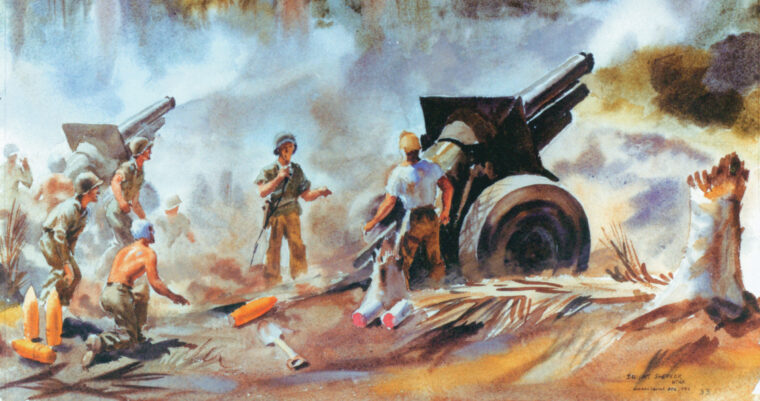
Guadalcanal
Crouched in their foxholes along Edson’s Ridge on Guadalcanal in the Solomon Islands, the Marines formed a critical but thin defense line between strategic Henderson Field and seasoned Japanese infantry lurking in the jungle. Read more
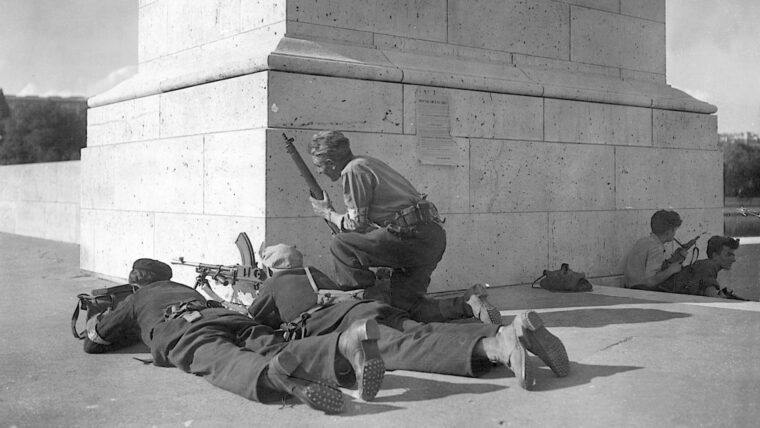
Guadalcanal
On a moonless night in January 1944, in the Haute Savoie region of southeast France, the drone from the engine of a RAF bomber could be heard in the distance. Read more
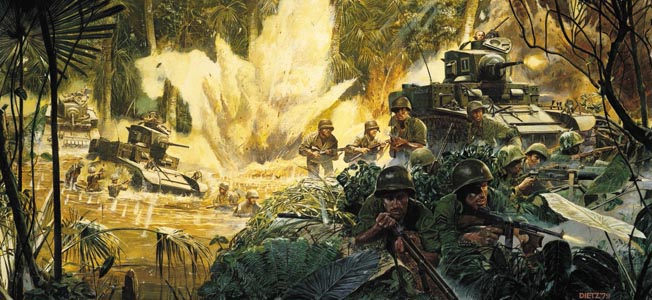
Guadalcanal
In March 1942, General Douglas MacArthur was ordered out of the doomed Philippines by President Franklin D. Roosevelt to organize the defense of Australia. Read more
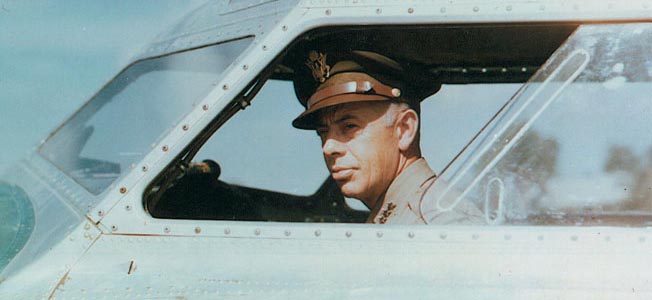
Guadalcanal
Although the Japanese attack on Pearl Harbor was the event that served to galvanize America to fight World War II, President Franklin Roosevelt and his military advisers had pervasively decided that defeating the Japanese would be secondary to destroying the Nazi war machine in Europe. Read more
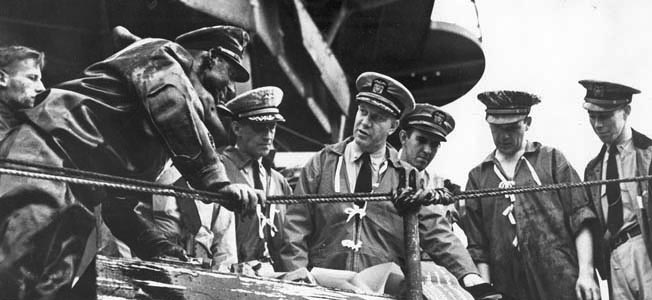
Guadalcanal
The Pearl Harbor aftermath presented the U.S. Navy with a sobering question: how to recover? More than 2,000 men had died. Read more
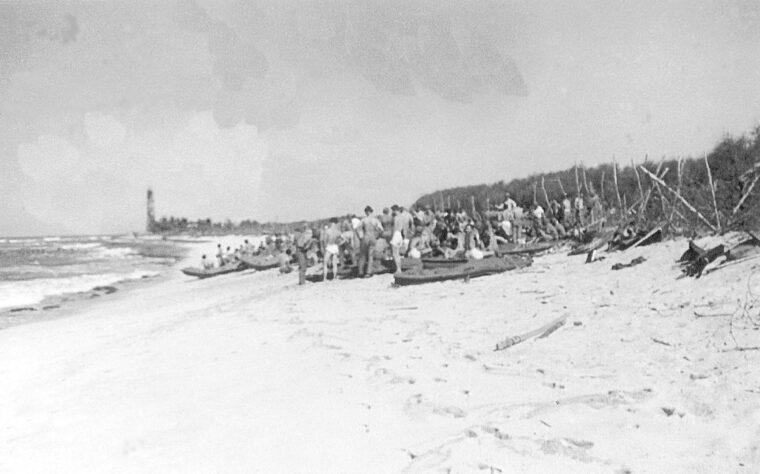
Guadalcanal
One of America’s earliest heroes in World War II was the tall, soft-spoken son of a Connecticut Congregational minister who distinguished himself in some of the fiercest fighting in the South Pacific. Read more
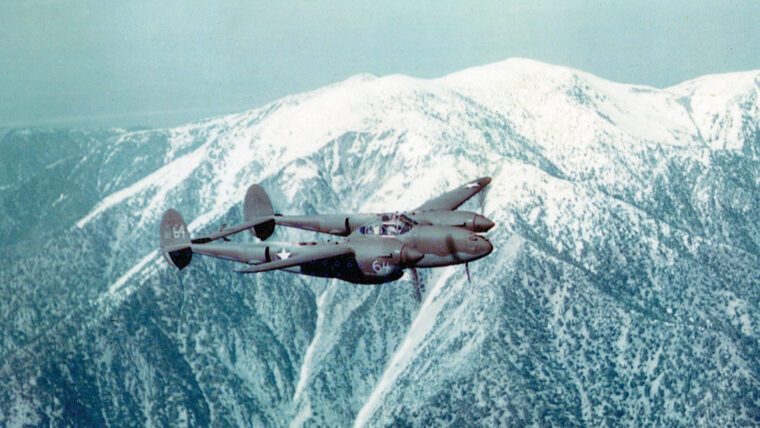
Guadalcanal
Due largely to their use in the postwar U.S. Army Air Forces and present proliferation among the air show community, the North American P-51 Mustang is thought of by many as the most important American fighter of World War II. Read more
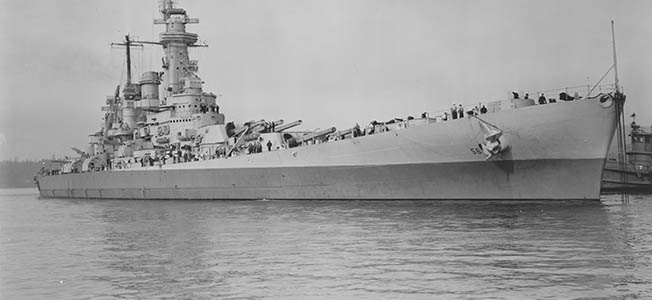
Guadalcanal
Prior to American entrance into World War II, the USS Washington battleship’s initial assignment was escorting supply ships between England and Russia in support of the Lend Lease Act. Read more
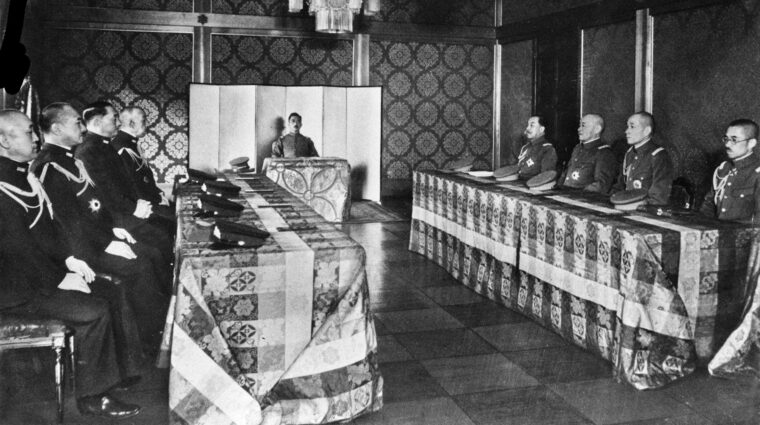
Guadalcanal
One morning in early January 1882, Japan took its first unknowing step toward eventual world war. On that day Mutsuhito, the emperor of Japan, handed a document known as the Imperial Rescript to Soldiers and Sailors to Army Minister, Oyama Iwao. Read more